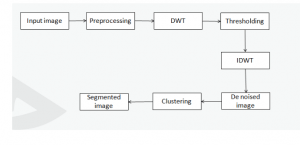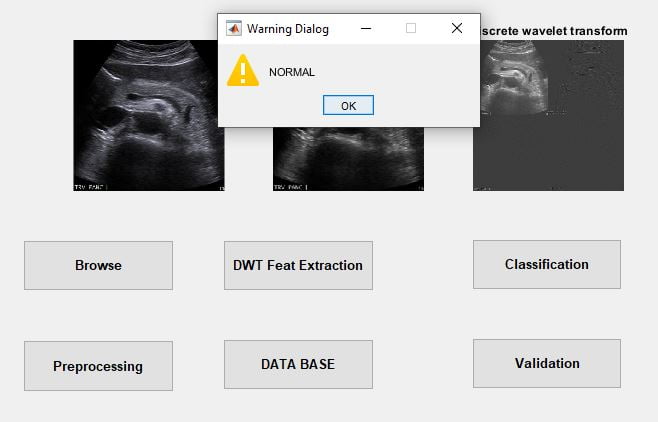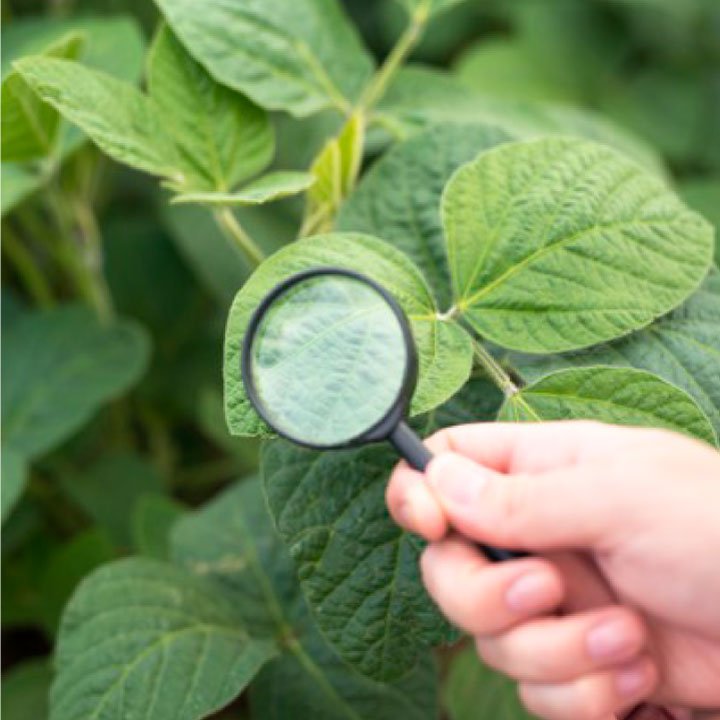Description
Image De-noising and Segmentation based on Discrete Wavelet Transform
Abstract
This proposed Denoising method shows signs of satisfactory performance with respect to previous literature on standard indices like Signal-to-Noise Ratio (SNR), Peak Signal to Noise Ratio (PSNR), and Mean Square Error (MSE). Literature indicates that the Wavelet transform represents a natural image better than any other transformation. Therefore, the Wavelet coefficient can be used to improve the quality of the true image and from noise. The aim of this work is to eliminate the Gaussian and salt Pepper noise in the wavelet transform domain. Subsequently, a soft and hard threshold-based denoising algorithm has been developed. Finally, the denoised image was compared with the original image using some quantifying statistical indices such as MSE, SNR, and PSNR for different noise variances and the experimental results demonstrate its effectiveness over the previous method.
Introduction
Generally, the Gaussian and salt Pepper noise occurred in images of different quality due to random variation of pixel values. To denoise these images, it is necessary to apply various filtering techniques. So far there are lots of filtering methods proposed in the literature which include the haar, sym4, and db4 Wavelet Transform-based soft and hard thresholding approaches to denoise such types of noisy images. This work analyses existing literature on haar, db4, and sym4 Wavelet Transform for image denoising with variable size images from the self-generated grayscale databases generated from various image sources such as satellite images(NASA), Engineering Images, and medical images. However, this newly proposed Denoising method shows signs of satisfactory performance with respect to previous literature on standard indices like Signal-to-Noise Ratio (SNR), Peak Signal to Noise Ratio (PSNR), and Mean Square Error (MSE). Literature indicates that the Wavelet transform represents a natural image better than any other transformation. Therefore, the Wavelet coefficient can be used to improve the quality of the true image and from noise. The aim of this work is to eliminate the Gaussian and salt Pepper noise in the wavelet transform domain. Subsequently, a soft and hard threshold-based denoising algorithm has been developed. Finally, the denoised image was compared with the original image using some quantifying statistical indices such as MSE, SNR, and PSNR for different noise variances and the experimental results demonstrate its effectiveness over the previous method.
Existing Systems
- Based Gaussian Filter Kernel function they have done enhancement for image
- CWT-Based Image Resolution Enhancement
- Principal Component Analysis
Drawbacks of Exisitng System
- Loses in edges in the final sharper image.
- The edges of the color image could not be handled well.
- Gaussian Filter leads to the inaccurate background Image
- The edges of the color image could not be handled well.
Proposed Method
- DWT-based resolution enhancement
- Bayes Shrink soft Thresholding
- Fuzzy C-Means Clustering
Advantages
-
- The segmentation algorithm Proves to be simple and effective
- Better texture and edge representation
- Segmentation provides better clustering efficiency
- Superior Resolution, when compared to existing techniques.
- Greater performance Ratio.
Block Diagram

Hardware Requirements
- system
- 4 GB of RAM
- 500 GB of Hard disk
Software Requirement
- MATLAB 2014a
REFERENCES:
[1]Efficient image dehazing with boundary constraint and contextual regularization, G. Meng, Y. Wang, J. Duan, S. Xiang, and C. Pan, 2013
[2] Improved visibility of road scene images under heterogeneous fog, J.-P. Tarel, N. Hautière, A. Cord, D. Gruyer, and H. Halmaoui, 2010
[3]Chromatic framework for vision in bad weather, S. G. Narasimhan and S. K. Nayar,2000
[4]Single image haze removal using dark channel prior, K. He, J. Sun, and X. Tang, 2011
[5]Bayesian defogging, K. Nishino, L. Kratz, and S.2012



































































































































































































































































































































































































































































































































































































































































































































































































































































































































































































































































Customer Reviews
There are no reviews yet.